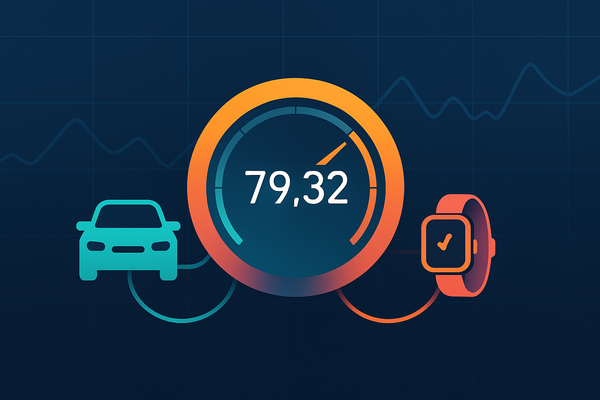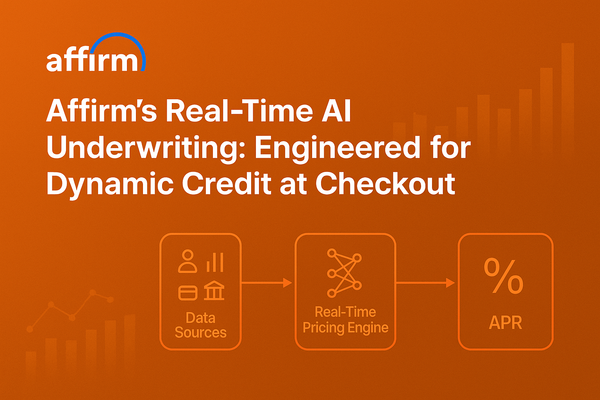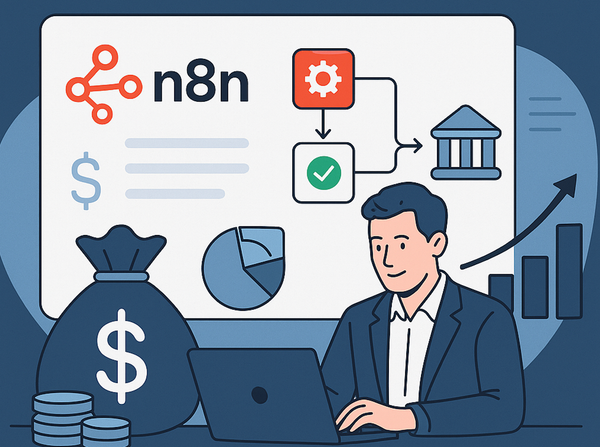The Price Today May Not Be Tomorrows

Introduction
Dynamic pricing—the practice of changing prices in response to demand, competition, or customer behavior—has quietly shaped industries for decades. Airlines pioneered it in the late 20th century, and hotels quickly followed. For years, it remained an invisible force in the background: consumers accepted that flight or hotel rates vary, but didn’t always see the mechanics at play.
Fast forward to today, and dynamic pricing is increasingly out in the open. Companies across retail, entertainment, food, and transportation are experimenting with fluctuating prices—often with very public consequences. What was once seen as sophisticated optimization now risks consumer backlash when it collides with perceptions of fairness. To understand why, we need to go back to where it all began: the deregulation of airlines and the birth of yield management.
Airlines and the Birth of Yield Management
Before 1978, the U.S. airline industry was tightly regulated. The Civil Aeronautics Board set fares, ensuring little competition on price. That changed dramatically with the Airline Deregulation Act of 1978, which unleashed competition and gave carriers the freedom to set their own fares. Suddenly, airlines needed new strategies to fill planes profitably.
American Airlines seized this moment. It had already developed SABRE (Semi-Automated Business Research Environment) with IBM in the 1960s—a computerized reservation system that could handle bookings at unprecedented scale [Wikipedia]. Under CEO Robert Crandall, American layered on tools like DINAMO (Dynamic Inventory and Maintenance Optimizer) to control fare classes and availability. The result was the invention of yield management—the art of selling the right seat to the right customer at the right price at the right time [Wikipedia].
Yield management worked because airline seats are a classic example of perishable inventory. Once a plane takes off, an empty seat has zero value. American introduced Super Saver fares in the late 1970s, deeply discounted tickets with advance-purchase and non-refundable restrictions. Leisure travelers, more price-sensitive, bought these. Business travelers, less flexible and willing to pay more, booked at higher rates. This segmentation let airlines maximize revenue without alienating core customers.
By the mid-1980s, yield management was credited with generating billions in additional revenue for American and was quickly adopted across the industry [LUISS Thesis]. What began as an airline experiment soon spread: hotels, car rental firms, and even sports teams saw the value of flexing prices around demand.
Technology Transforms Pricing: From SABRE to AI
The initial success of yield management depended on technology. SABRE and its successors made it possible to open and close fare classes instantly across a global distribution network. As computing power grew, so did the sophistication of algorithms, blending demand forecasting, competitor monitoring, and customer segmentation [OAG].
By the 2000s, revenue management evolved further. Airlines introduced ancillary pricing—charging separately for baggage, seat selection, and meals. The unbundling of fares gave airlines more levers to pull, and dynamic pricing began creeping into nearly every part of the passenger experience [IATA].
Today, airlines like Delta are taking it a step further with AI-driven pricing systems. These tools integrate massive datasets—demand signals, booking windows, seasonality, competitor activity—to adjust fares dynamically in real time. Delta plans to have AI manage up to 20% of its network by late 2025 [Time]. The ambition: increase efficiency, sustain low base fares, and optimize profitability.
Dynamic Pricing Goes Mainstream
Once airlines proved the concept, other industries followed:
- Hotels adopted yield management to balance weekend leisure rates with weekday corporate demand. Today, hotel revenue management is as advanced as airlines’.
- Car rentals and ride-hailing applied surge pricing to balance fleet availability with demand spikes.
- Sports and concerts moved to variable ticket pricing, charging more for high-demand games or tours.
- Retail began testing electronic shelf labels (ESLs), allowing prices to update instantly in response to demand, time of day, or competitor moves [WSJ].
Dynamic pricing became synonymous with operational sophistication. But as it spread beyond travel into everyday purchases, resistance mounted.
Backlash and High-Profile Failures
Consumers tolerate volatility in flights and hotels, but backlash has been fierce in other domains:
- Wendy’s floated the idea of dynamic menu pricing in 2025—only to walk it back within days after customers mocked the concept as “surge pricing for Frostys” [Restaurant Dive].
- Kroger and Walmart faced criticism for rolling out ESLs that could enable rapid price increases. Lawmakers like Elizabeth Warren expressed concern that shoppers would face “algorithmic gouging” at the grocery store [The Sun].
- Ticketmaster has long drawn outrage for its use of dynamic ticket pricing on major tours (Bruce Springsteen, Oasis). Critics say it inflates costs for loyal fans while hiding behind algorithms [Wikipedia].
- The Empire State Building approved surge-style pricing for observation deck tickets, with peak prices over $100. Public response was overwhelmingly negative, with critics framing it as profiteering on a public landmark [NY Post].
The pattern is clear: when dynamic pricing is applied to products with a well-established “fair” price in consumers’ minds, backlash follows swiftly.
Why Some Markets Accept It and Others Reject It
Why do customers accept dynamic airline fares but revolt against changing burger prices? The answer lies in market norms and consumer expectations.
In airlines and hotels, prices have always been opaque and variable. Consumers expect volatility and accept that shopping around may yield a better deal. But for daily staples—coffee, groceries, fast food—people assume stable, transparent pricing. Frequent changes feel arbitrary or exploitative.
Economists describe this as the fairness principle. When price changes are seen as fair (e.g., discounts on perishables close to expiration), consumers accept them. When seen as unfair (e.g., raising burger prices at lunchtime), they revolt [Babson].
Finding Balance: How to Use Dynamic Pricing Responsibly
Dynamic pricing is not inherently good or bad—it’s a tool. Used responsibly, it balances demand, improves efficiency, and keeps prices accessible for some customers. Used poorly, it erodes trust and damages brand reputation.
Key principles for businesses:
- Understand your market norms: Don’t import airline tactics into grocery aisles without recognizing consumer expectations.
- Transparency matters: Communicate why prices vary. Offer customers clear benefits, like cheaper advance bookings or off-peak discounts.
- Build fairness into algorithms: Avoid discriminatory pricing tied to personal traits (income, ZIP code). Stick to clear supply-demand signals.
- Explore alternatives: Loyalty programs, subscriptions, and value-added bundles can optimize revenue without floating core prices daily.
Conclusion
Airlines pioneered dynamic pricing to solve a real problem: filling planes efficiently in a deregulated market. Their innovations—yield management, dynamic fare classes, ancillary fees—reshaped global travel and spawned a broader discipline of revenue management. But as dynamic pricing expands into everyday life, companies are learning a hard truth: not every market will accept it.
Consumers will continue to accept fluctuating airline and hotel prices, but they reject volatility in coffee, groceries, or burgers. The lesson for businesses is clear: dynamic pricing must respect customer expectations and market norms. Used well, it’s a scalpel. Used poorly, it’s a sledgehammer that breaks trust. The future of pricing will depend not just on algorithms and AI, but on human judgment about fairness and value.



